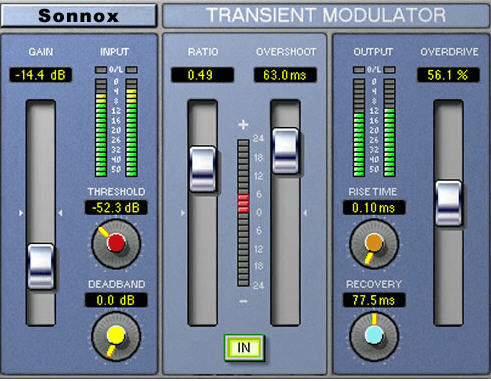
Direct imaging after deposition and retention of a dehydrated state offers additional evidence for the close relationship between protein structures in solution and gas phase. In contrast, we demonstrate highly selective sample preparation and unambiguous assignment between mass spectra and structures. However, mass spectrometry and cryo-EM are usually performed separately and correlating the results can be difficult, in particular for heterogeneous samples. Complementary information from other mass spectrometry-based techniques is increasingly used to accelerate screening of sample conditions, interpret and refine 3D structures, reveal native interactions, and provide information on small ligands and flexible protein regions. Our method creates a direct link between structural information, obtained from cryo-EM imaging, and complementary chemical information, obtained from mass spectrometry. Our results show the potential of native ES-IBD to increase the scope and throughput of cryo-EM for protein structure determination and provide an essential link between gas-phase and solution-phase protein structures. We identify and discuss challenges that need to be addressed to obtain a resolution comparable to that of the established cryo-EM workflow.

SPA reveals that the complexes remain folded and assembled, but variations in secondary and tertiary structures are currently limiting information in 2D classes and 3D EM density maps.

We demonstrate homogeneous coverage of ice-free cryo-EM grids with mass-selected protein complexes. Folded protein ions are generated by native electrospray ionization, separated from other proteins, contaminants, aggregates, and fragments, gently deposited on cryo-EM grids, frozen in liquid nitrogen, and subsequently imaged by cryo-EM. In the current work, it is demonstrated that native electrospray ion-beam deposition (native ES-IBD) is an alternative, reliable approach for the preparation of extremely high-purity samples, based on mass selection in vacuum. In addition, optimization of preparation conditions for a given sample can be time-consuming. Despite tremendous advances in sample preparation and classification algorithms for electron cryomicroscopy (cryo-EM) and single-particle analysis (SPA), sample heterogeneity remains a major challenge and can prevent access to high-resolution structures.


 0 kommentar(er)
0 kommentar(er)
